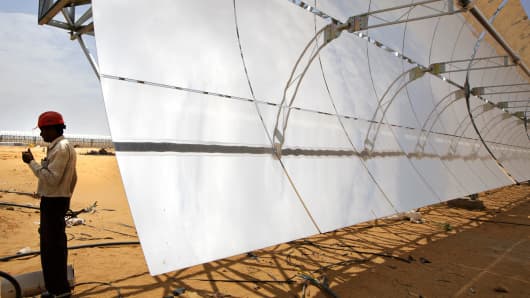Global electricity generation from renewable energy sources will rise 40 percent in the next five years, outpacing natural gas, as China and other developing countries expand capacity, according to a report from the International Energy Agency on Wednesday.
As the cost of generating power from wind, solar, hydro and other sources falls, renewables will account for nearly 25 percent of global electricity production by 2018, up from about 20 percent in 2011, according to the IEA's latest medium-term renewable energy market report.
Renewables will overtake natural gas and be double that of nuclear by 2016, said the IEA, which acts as energy policy adviser to 28 member countries, including the United States, Japan, Canada and leading European nations.
Click here to read the full report.
"Renewable power sources are increasingly standing on their own merits versus new fossil-fuel generation," IEA Executive Director Maria van der Hoeven said at the Renewable Energy Finance Forum in New York.



